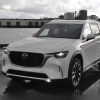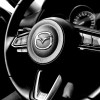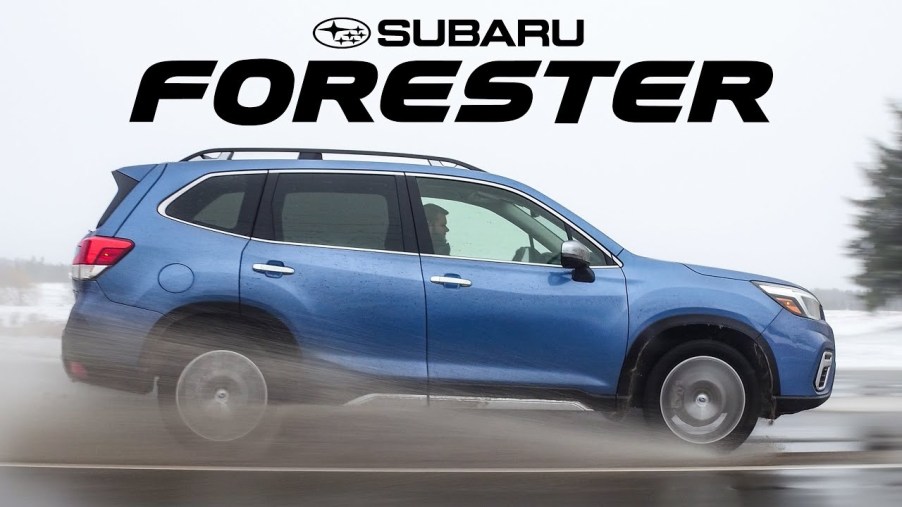
Can the Subaru Forester Replace Your SUV?
You might think you need an SUV to carry people, or go off-roading, but that’s not necessarily true. Vans like the Mitsubishi Delica can do all that too. However, if you don’t want to deal with a JDM vehicle’s quirks, wagons like the Subaru Forester are an excellent alternative. It’s one of Subaru’s best-selling vehicles, thanks in part to standard all-wheel drive and status as an IIHS Top Safety Pick+. But can a Subaru Forester really stand in for an SUV? YouTube team The Straight Pipes tried to find out.
The Subaru Forester’s daily-driving features
While the original Forester was explicitly a wagon, the latest Forester is more of a wagon-shaped crossover. And although Subaru no longer offers a Forester STI, there’s still a lot to like about the current model.
Every Subaru Forester comes with standard Apple CarPlay and Android Auto, as well as Subaru’s EyeSight suite of advanced driver-assistance features. All Foresters receive the same engine, a 2.5-liter four-cylinder making 182 hp and 176 lb-ft, linked to a CVT. The EPA rates it at 26 mpg city and 33 mpg highway; Car and Driver observed 32 mpg during its highway testing.
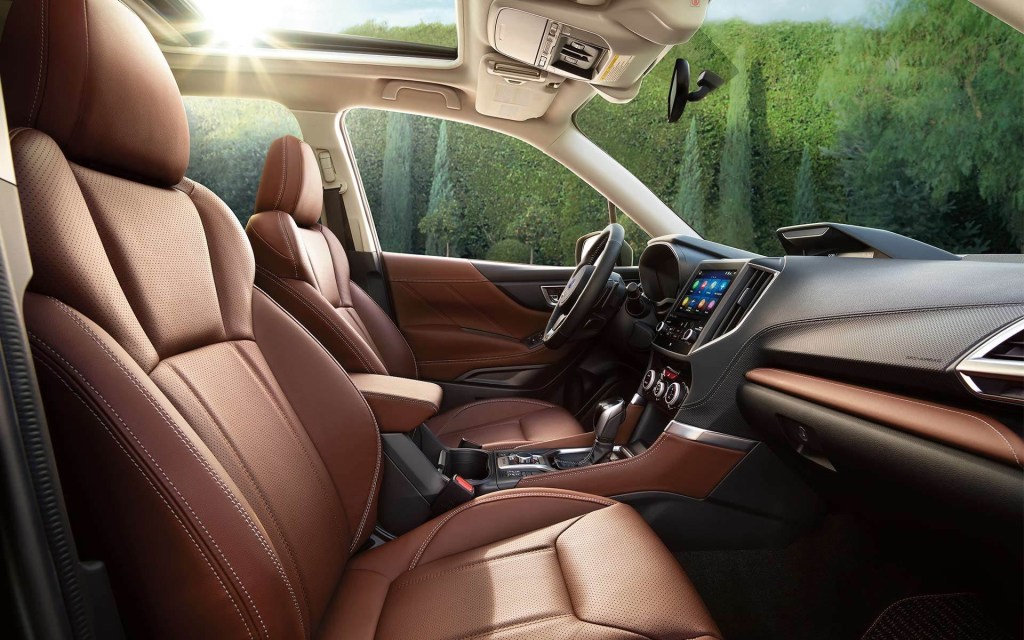
The base Subaru Forester starts at $24,495. But The Straight Pipes drove the top-of-the-line Touring, which starts at $34,595. This comes with a leather interior, heated seats front and rear, panoramic sunroof, 4G LTE WiFi, and an 8” touchscreen with navigation. The Touring also receives the previously-optional All-Weather package as standard, which adds heated mirrors and a windshield wiper de-icer.
The Subaru Forester Touring also gets an additional ADAS feature: driver monitoring. An interior camera and infrared sensors track the driver’s eyes and sound an alert if it thinks you’re distracted.
Compared to the competition
The Straight Pipes praised the interior, especially the seats. The relatively-thin pillars and abundance of windows also make visibility excellent all-around. And 2nd-row legroom is excellent, even for people over 6’.
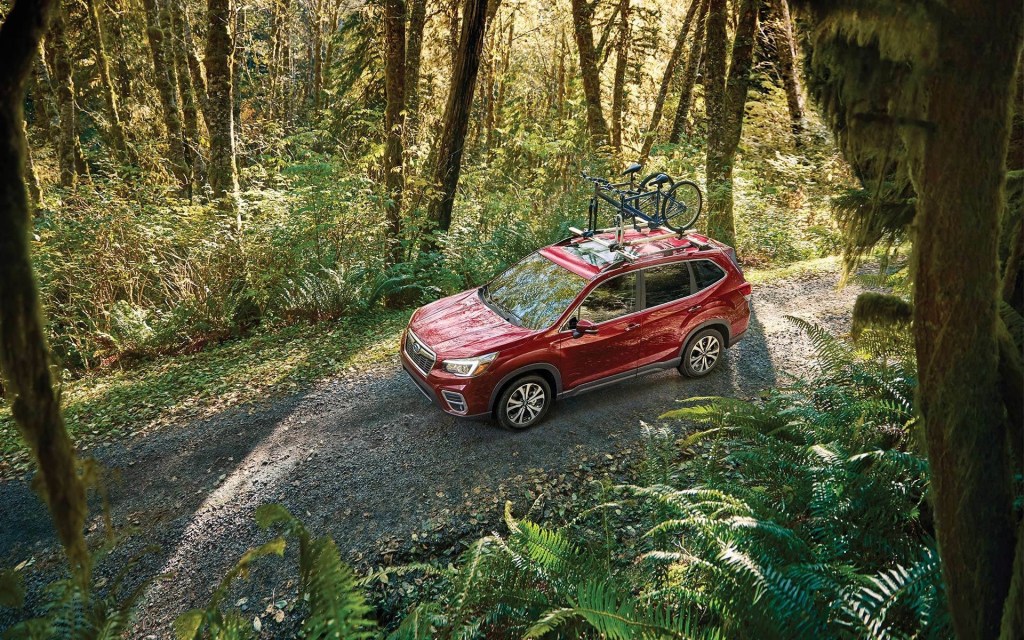
Although Motor Trend initially considered the Forester’s ride “poorly-controlled”, The Straight Pipes found the ride to be very comfortable. And in MT’s later SUV of the Year testing, reviewers claimed the ride was “relatively magic carpet.” And although the Yuri and Jakub agreed with MT that the engine was somewhat underpowered, the transmission shifted rather quickly with the paddle shifters, and the noise and vibration was improved over the Toyota RAV4.
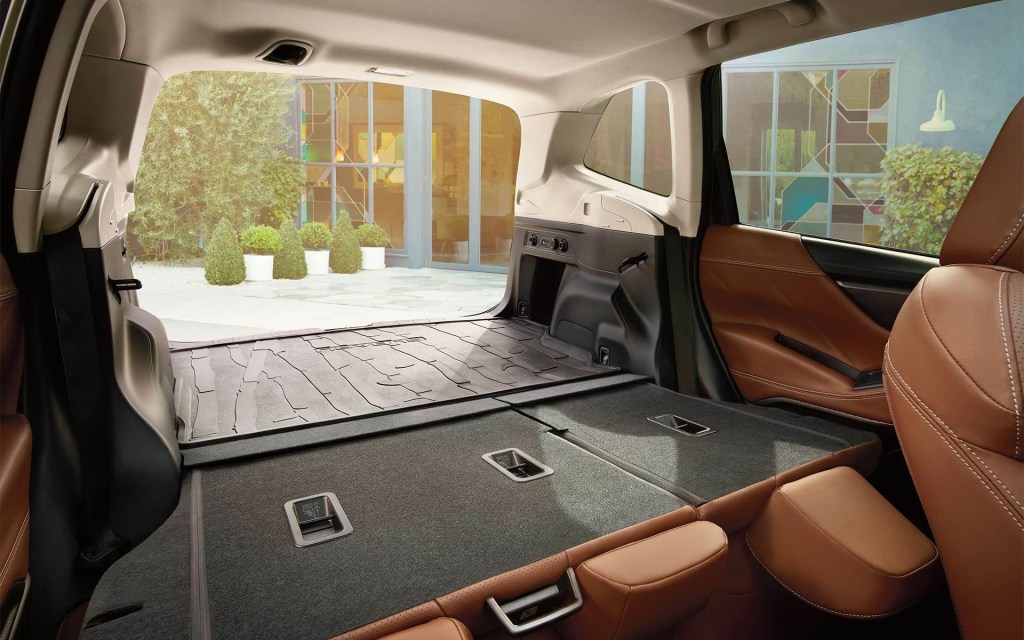
Although the Forester doesn’t have a 3rd-row, it does have a lot of cargo space. Car and Driver found the Subaru compact crossover could carry more than either the Mazda CX-5 or RAV4. And with the rear seats up, it’s also got slightly more room than the Honda CR-V. However, the CR-V edges out the Forester slightly on cargo space with the 2nd-row seats folded.
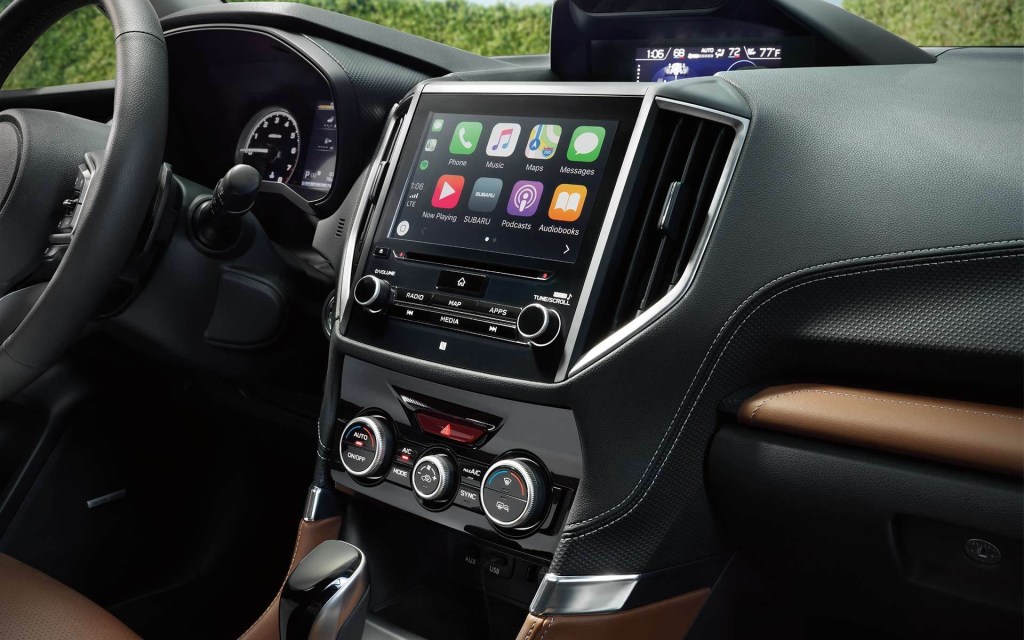
The Straight Pipes also liked the Subaru Forester’s infotainment, reporting that its design is easy-to-use and very clean. However, they also thought the Forester’s additional display screen a bit unnecessary. It can, fortunately, be turned off, but then you lose the climate control temperature display.
In addition, MT found the driver eye-monitoring could be a little intrusive. Also, Autoblog reported, as we have before, that a windshield replacement required an additional expense for recalibrating the EyeSight system. But The Straight Pipes noted the lane-keeping assist had been improved over years past, with Subaru now slightly better than Honda or Toyota.
Can it off-road?
Subaru’s involvement in environmental causes isn’t just for marketing: their vehicles can genuinely off-road. And the Forester is no exception.
In addition to the standard AWD, each Forester has 8.7” of ground clearance. That’s actually only slightly less than a Mercedes G-Class, and more than the CR-V or Ford Escape. Premium and higher trims also get Subaru’s X-Mode, which adjusts the AWD and also adds hill descent control Sport, Limited, and Touring models get dual-mode X-Mode, with settings for deep mud and snow, as well as slippery ice and dirt.
And Subaru Foresters are genuinely used as off-roaders and overlanders. Outside Magazine had no trouble using one to pre-check sections of the Oregon Trail Rally. Through dirt, gravel, and sand, the Forester remained comfortable and sure-footed. Older models are even used as actual racers.
But, if you’re concerned that this isn’t enough, The Drive reports that companies like Oregon-based Anderson Design & Fabrication can further off-road-prep your Forester. AD&F can install lift kits, skid plates, lighting brackets, and so on.
Is the Forester an SUV replacement?
The Subaru Forester isn’t a replacement for all SUVs. If you genuinely need a 3rd-row or need to tow more than 1500 pounds, an SUV is a better bet. And although the Forester is capable of off-roading, Edmunds found a dedicated SUV like the Toyota 4Runner can venture further afield.
That being said, if you don’t need a 3rd-row, but need on-road civility, extra cargo space and the ability to handle snow and gravel, the Subaru Forester is a worthy SUV alternative.
Follow more updates from MotorBiscuit on our Facebook page.

